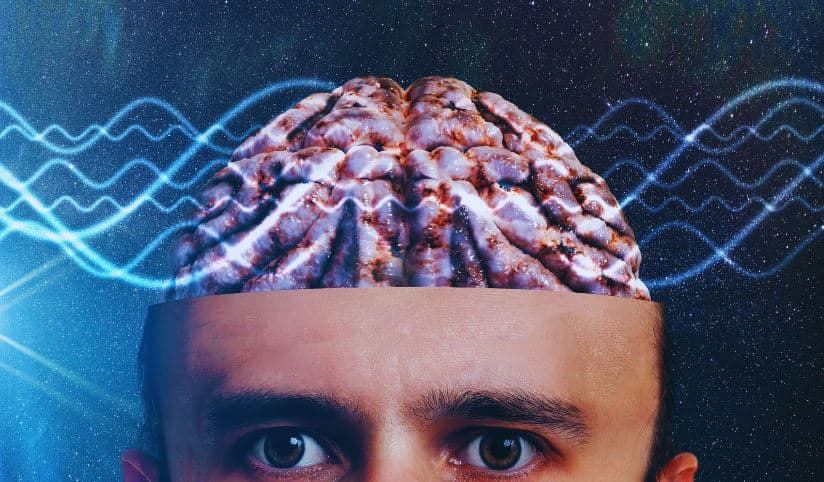CLAREMONT, CALIFORNIA — With tens of thousands of songs released every day, selecting tracks for playlists poses a significant challenge for streaming services and radio stations. Traditionally, these platforms have relied on human listeners and artificial intelligence, but their success rate in predicting hit songs has remained at a modest 50%. In a recent development, researchers in the United States have utilized machine learning (ML) techniques applied to brain responses, resulting in a remarkable 97% accuracy in predicting hit songs.
Paul Zak, a professor at Claremont Graduate University and senior author of the study published in Frontiers in Artificial Intelligence, explained:
“By applying machine learning to neurophysiologic data, we could almost perfectly identify hit songs. The fact that the neural activity of 33 people can predict if millions of others listened to new songs is quite amazing. Nothing close to this accuracy has ever been shown before.”
‘Neuroforecasting’ to Predict Outcomes
During the study, participants equipped with off-the-shelf sensors listened to a set of 24 songs and provided feedback on their preferences and demographic data. Scientists then measured the participants’ neurophysiologic responses to the music, capturing brain signals associated with mood and energy levels. This neuroforecasting approach enabled the researchers to predict market outcomes, including song streams, based on data collected from a relatively small sample size.
The researchers assessed the predictive accuracy of neurophysiological variables using different statistical approaches, allowing for direct model comparisons. To enhance accuracy, they trained an ML model that tested various algorithms to identify the highest performing one. The results showed that a linear statistical model achieved a success rate of 69% in identifying hit songs, which significantly improved to 97% when machine learning was applied to the collected data. Additionally, machine learning applied to the neural responses during the first minute of the songs resulted in an 82% success rate in identifying hits.
The implications of these findings are significant for streaming services, as they can now efficiently identify new songs that are likely to resonate with listeners, simplifying the task of playlist curation.
“This means that streaming services can readily identify new songs that are likely to be hits for people’s playlists more efficiently, making the streaming services’ jobs easier and delighting listeners.”
–Paul Zak, lead study author
While the results are highly promising, the researchers acknowledged some limitations. The analysis involved a relatively small number of songs, and the study’s participant demographics were moderately diverse but did not represent all ethnic and age groups. Nonetheless, the researchers anticipate that their methodology can be extended beyond hit song prediction, offering potential applications in other forms of entertainment such as movies and TV shows.
Looking ahead, Professor Zak suggested a future where wearable neuroscience technologies become commonplace, enabling tailored entertainment based on individuals’ neurophysiology. Rather than being inundated with countless options, consumers could be presented with a curated selection of two or three choices, streamlining the decision-making process and enhancing their music enjoyment.
Reference:






